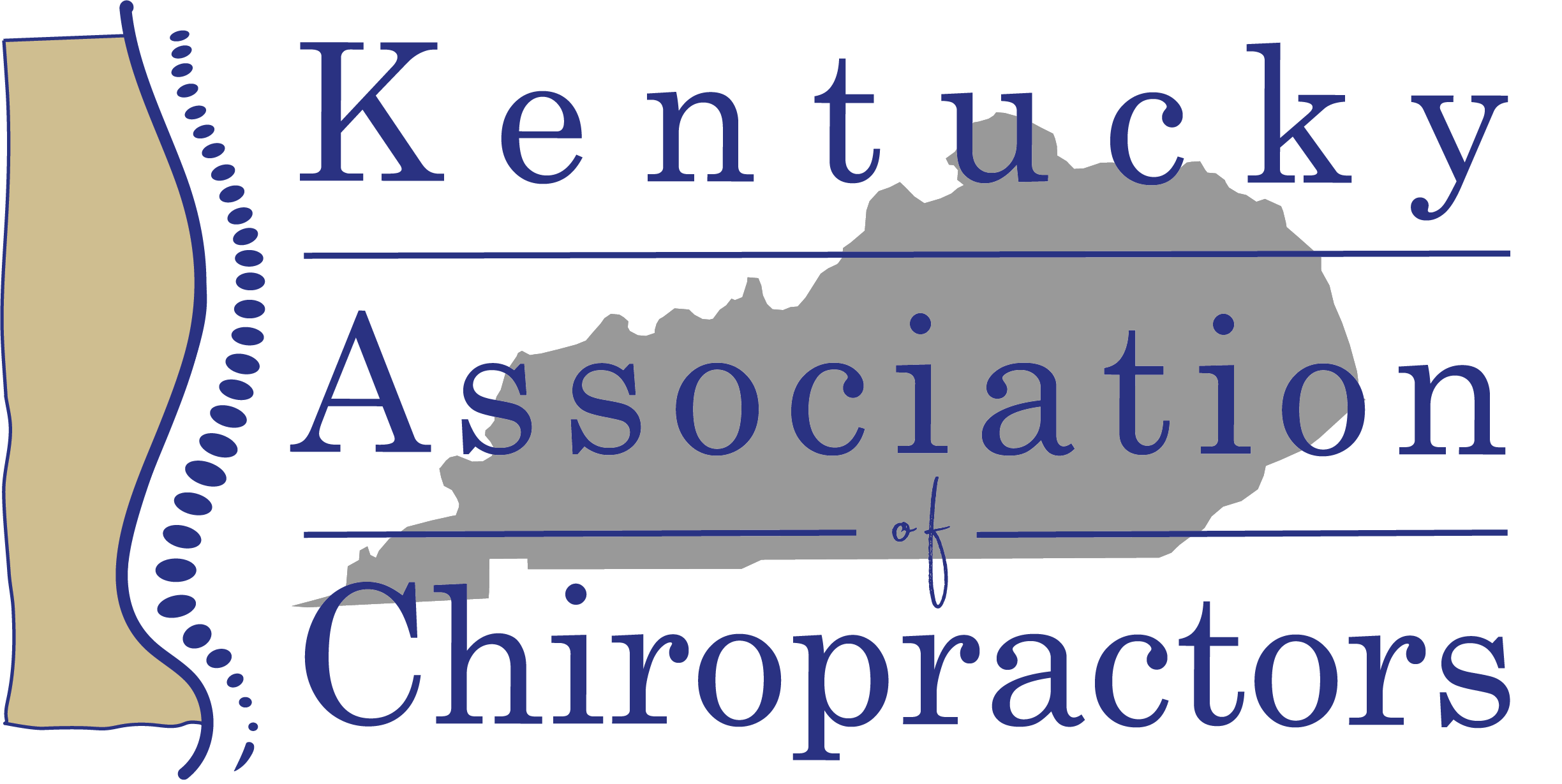As healthcare professionals, we understand the importance of early detection and intervention in managing various health conditions. Scoliosis is no exception. With
June marking Scoliosis Awareness Month, it’s crucial to highlight the significance of screening and detection in identifying this condition early and ensuring timely intervention.
Why does Screening Matter?
Scoliosis often develops during childhood or adolescence when the body is still growing rapidly. While some cases are mild and may not cause significant symptoms, others will progress and lead to complications such as pain, discomfort, and impaired mobility.
Early detection through routine screening allows healthcare professionals to identify scoliosis in its initial stages, providing the opportunity for timely intervention and optimal clinical outcomes.
The Role of Health Professionals
Health professionals play a vital role in the screening and detection of scoliosis. Whether you’re a primary care physician, pediatrician, chiropractor or other allied health professional, incorporating scoliosis screening into routine clinical assessments can make a significant difference in identifying patients who may benefit from further evaluation. Early diagnosis of scoliosis gives patients the best chance of avoiding progression of the curve to surgical indication levels. Late diagnosis increases the chances of greater structural changes and impacts on the patient.
Screening Guidelines
While screening practices may vary, several guidelines provide recommendations for scoliosis screening in children and adolescents. The Scoliosis Research Society (SRS) recommends routine screening for scoliosis during adolescence, typically between the ages of 10 and 14 years, as this is when rapid growth occurs and scoliosis is most likely to develop. Screening methods include visual inspection and the use of the
Adam’s forward bend test. A scoliometer is used to measure the results of the Adam’s forward bend test.
Clinical Assesment
In addition to routine screening, health professionals should conduct thorough clinical assessments for patients suspected of having scoliosis. This may include a comprehensive medical history, physical examination, and diagnostic imaging such as X-rays to confirm the presence and severity of a spinal curvature. This assessment is also critical for determining the need for any additional assessments, such as an MRI, to exclude the presence of a non-idiopathic scoliosis. Early identification of scoliosis allows for timely referral for further evaluation and management.
Patient Education and Awareness
Health professionals also play a critical role in educating patients and their families about scoliosis, including risk factors, signs and symptoms, and available treatment options. By raising awareness and providing accurate information, we empower patients to take an active role in their healthcare and seek appropriate care when needed.
Build Your Knowledge
Expanding your understanding of scoliosis beyond routine screening and detection can help enhance patient care. Keeping up to date with the latest research on scoliosis, and non-surgical treatment approaches, can help equip healthcare professionals with a toolkit for getting patients optimal outcomes. Explore the research section on the ScoliCare website for valuable resources.
Continuous education and engagement in professional development opportunities also helps ensure that healthcare providers understand the fundamentals of scoliosis assessment, classification and management approaches.
The Essentials of Scoliosis Management online course can help with building this foundation knowledge.
Collaborative Care
Managing scoliosis requires a multidisciplinary approach involving collaboration between scoliosis clinicians and other primary care providers such as chiropractors. By working together and leveraging collective expertise, we can ensure comprehensive care for patients with scoliosis, addressing their unique needs and helping them get the best possible outcomes. Early detection of scoliosis offers the best opportunity for non-surgical management and intervention. As we observe Scoliosis Awareness Month, let’s reaffirm our commitment to promoting early detection and intervention, and helping patients get the care they need.




